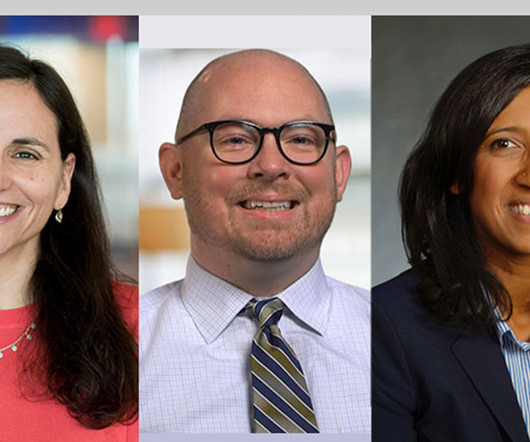Transforming the Culture of Dementia Care: Podcast with Anne Basting, Ab Desai, Susan McFadden, and Judy Long
GeriPal
DECEMBER 2, 2022
When was that, 2010? Eric: 2010. ” And she was saying that because of the message that had come through in this public event, where she, as a person with a diagnosis of dementia, had been invited on an equal basis with everybody else. She had been included. And that was a transformative experience for her.














Let's personalize your content